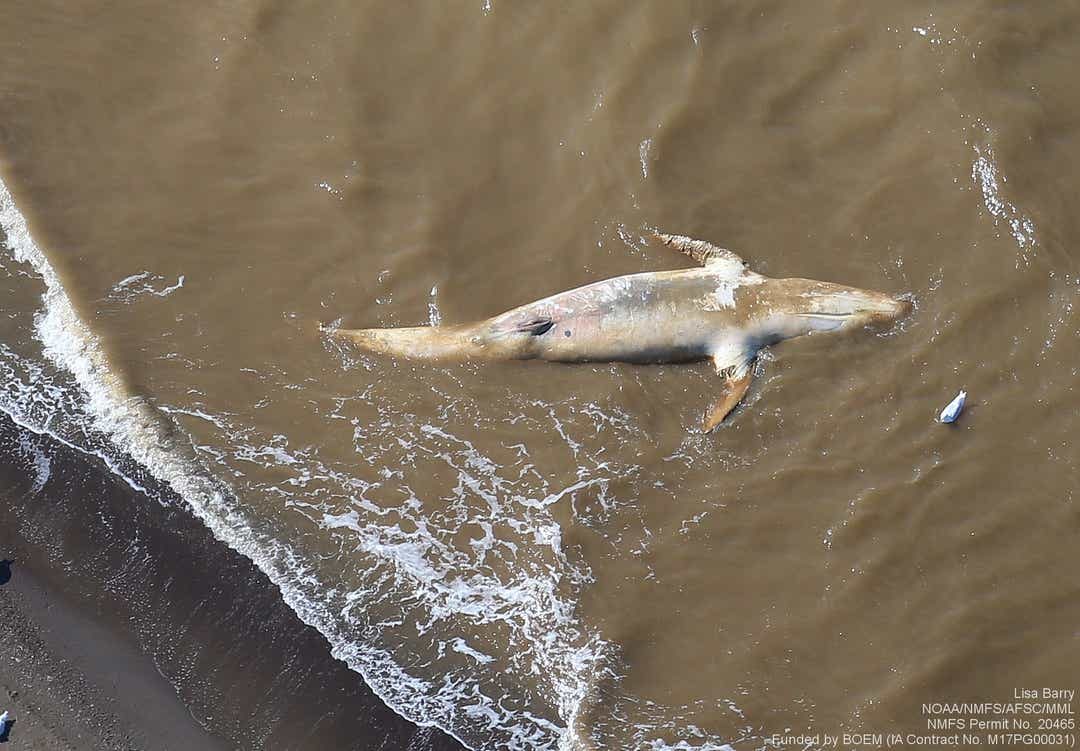
The dead giants of the ocean washed up on West Coast beaches as they finished their annual epic migration to their winter feeding grounds between Alaska and Russia. Many were emaciated and appeared to be starving.
The near-final death count, tallied this week, makes this the second-worst year on record for gray whales, which were hunted almost to extinction in the late 1800s. It could represent as much as 10% of the species' total population.
"I wouldn't be surprised if our team comes across other carcasses," said Megan Ferguson, a fisheries biologist with the Cetacean Assessment and Ecology Program of the National Marine Fisheries Service.
She and her team are flying aerial surveys out of Deadhorse, Alaska, observing whales in their feeding grounds in the Bering and Chukchi seas.
"We're taking photographs of the gray whales to assess their body condition," she said.
Only once before - in 2000 - have scientists seen a larger number of these marine mammals die during their long migration. That year, 131 of the whales washed up on shores from California to Alaska.
Research teams are working to understand why so many have been found dead and what it means for the species as a whole.
"Your immediate tendency is to look at the food supply, because of the fact that so many are emaciated," said John Calambokidis, a cetacean expert with Cascadia Research in Olympia, Washington, a nonprofit organization that focuses on whale research. "But we don't know enough to be able to say what the cause is yet."
Exact cause of death unknown
The first whales washed up on West Coast beaches this spring. So many were dying that at the end of May, the National Oceanic and Atmospheric Administration declared it an "unusual mortality event" and launched a scientific investigation.
Even after three months of collecting data, doing necropsies on the dead whale corpses and observing the whales as they arrive in the waters off Alaska, only a few things are certain.
The dead whales are often skinny or even emaciated. Living whales have pushed into areas they don't normally visit as they make their way up the coast, possibly looking for food. And more juvenile whales than usual die during the journey.
The investigation includes dozens of scientists from three countries - Mexico, the USA and Canada - all working to solve the mystery.
(Read more here)



Reader Comments